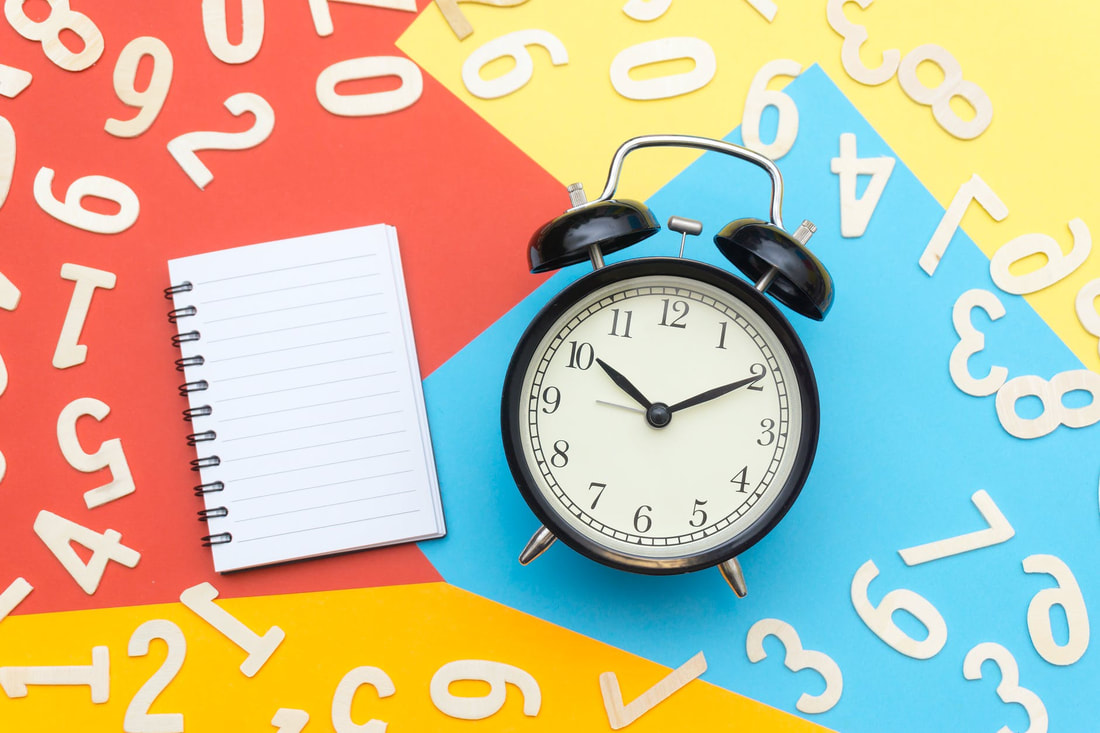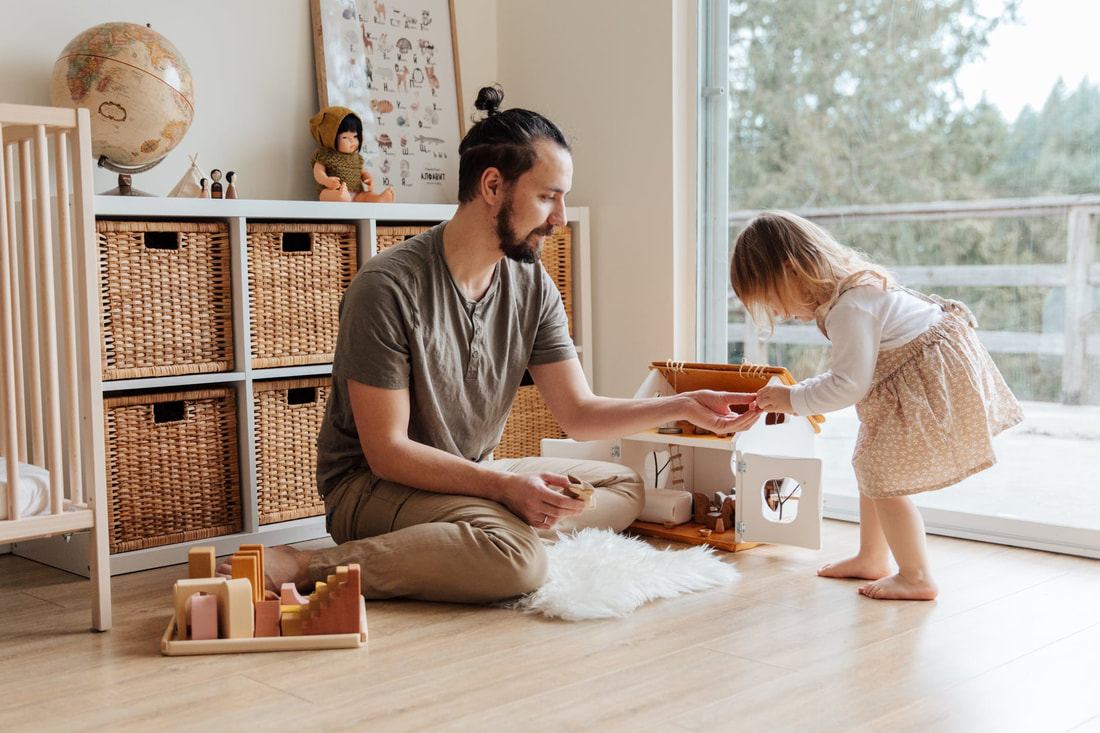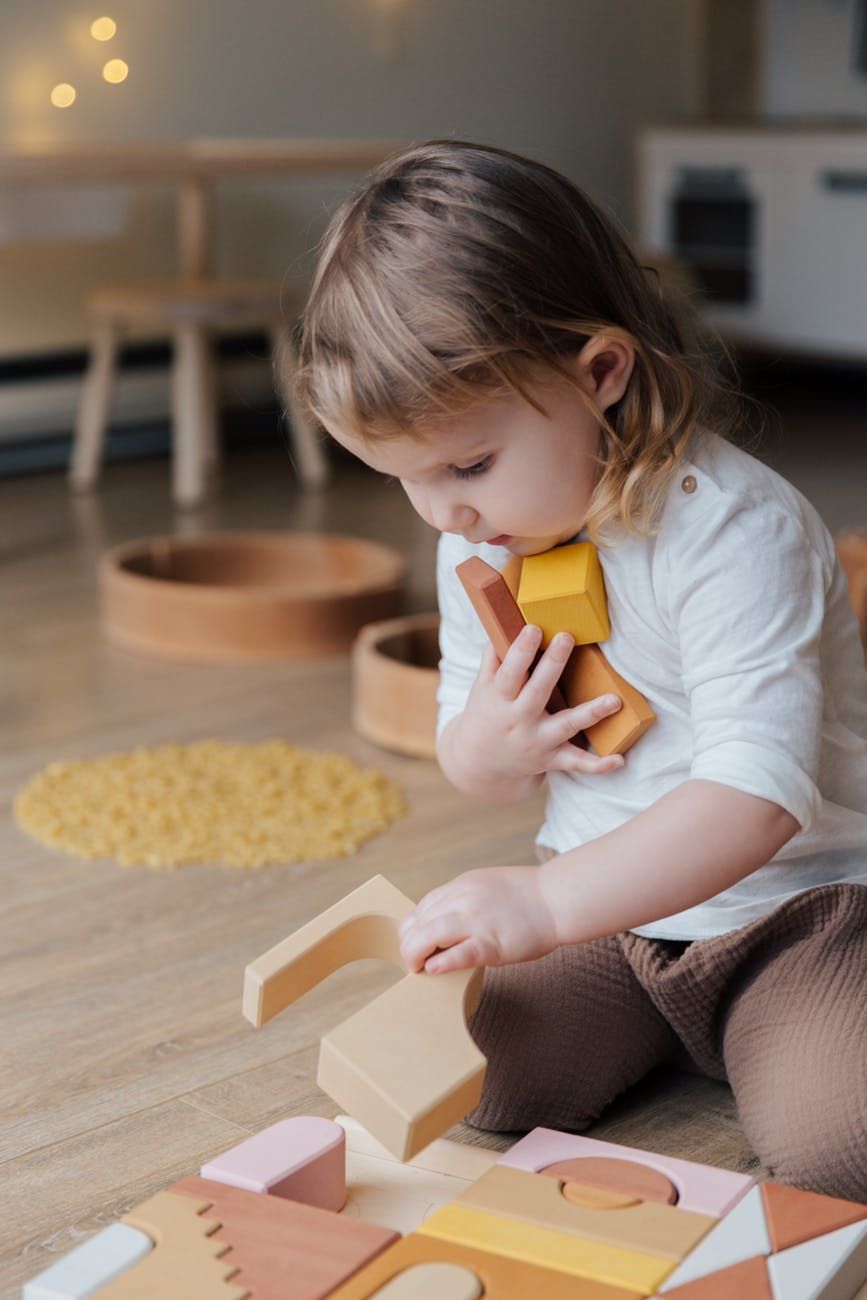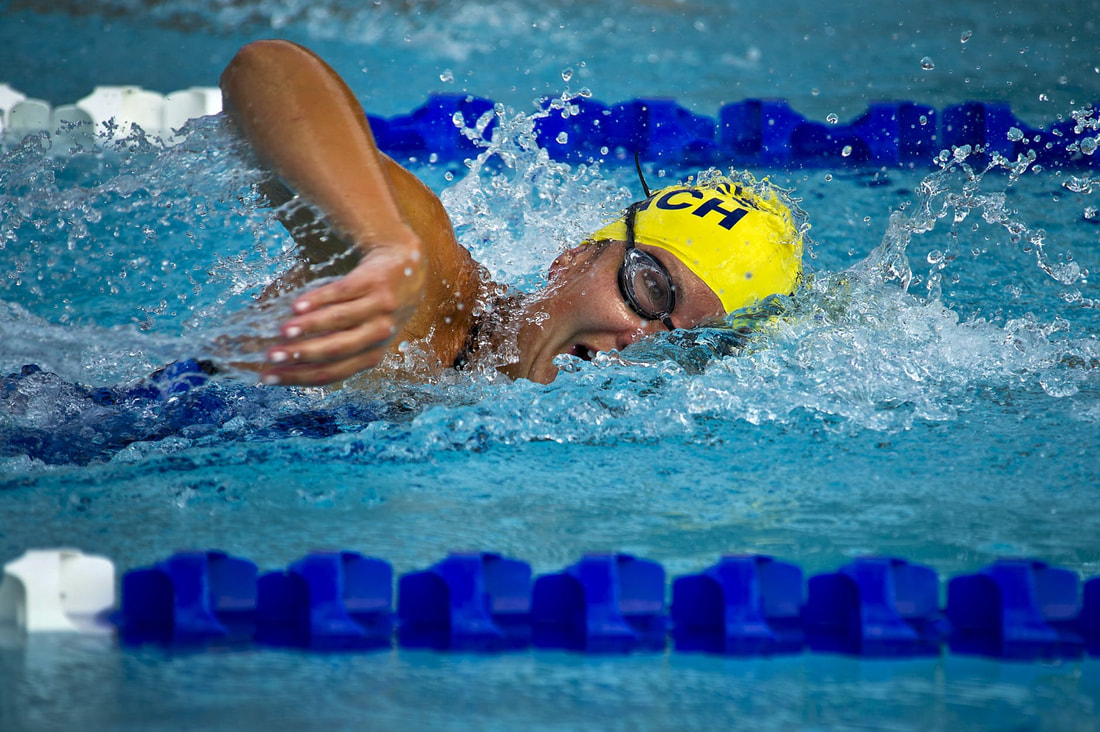
1. Study a new language
Now is an excellent time to focus your attention on learning a new language. With today's technology, learning a new language is easier than ever! There are several free apps, like Duolingo and Babbel, that help you to learn a new language. All you need to do is select the app, download it, select the language you are most interested in learning, and dedicate some time each day to learning it.
6-tips-for-picking-up-another-language.html
2. Start a new workout routine
Believe it or not, a great daily workout can help stimulate the mind. Not only will you keep your brain active, but you will keep your body healthy and moving while sheltering at home. Yoga, sprints, learning new dance moves, walking, biking, kayaking, tennis are all great options. Make it fun!
increasing-your-energy-when-you-are-sheltering-in-place.html
3. Make some tea or hot chocolate
and work on a puzzle
Whether you prefer a rousing game of Sudoku or you are a master chess player, playing games helps to keep your mind stimulated and active. Doing different puzzles will encourage you to use your brain in new ways.
4. Get outside
As we all know, fresh air and communing in nature is healthy for our minds, bodies, and souls. Go for a nature walk and photograph interesting plants, explore a new nearby trail, do some gardening, or plant some new flowers or vegetables.
the-healing-power-of-gardens.html
5. Give yourself permission to relax
While this may not seem like a way to stimulate your mind, rest is essential to mental stimulation and creativity. Take a soothing bath, an afternoon nap, meditate for 10-15 minutes, or listen to relaxing acoustic music and find your mind and body rejuvenated.
mindfulness-apps-for-kids-and-teens.html











